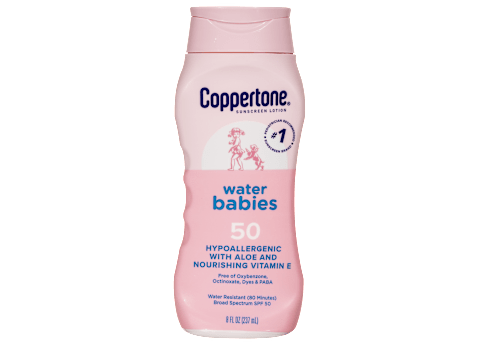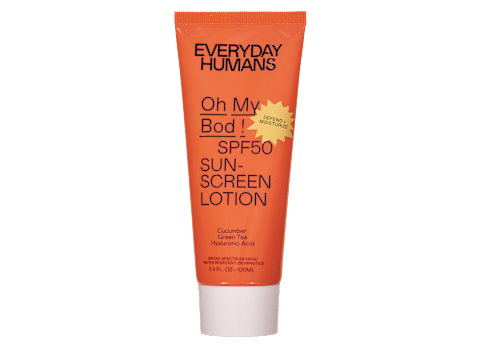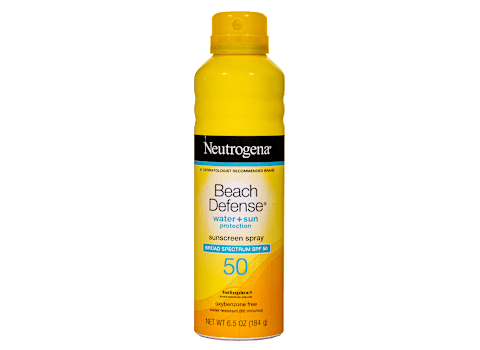Dermatologists weigh in on seven situations where you may think you don’t need sunscreen, but you do.
Sunscreen shouldn’t be exclusive to sunny days spent outdoors.
By Sally Wadyka
Updated by Daphne Yao
If it’s a hot sunny day and you’re going to be outside for hours, you may already know to put on sunscreen before you leave the house. But what happens when it’s not so sunny, you’re not going to be outside much, or maybe you’re not outdoors, but sitting near a sunny window? Even people who are diligent about sun protection can let their guard down at times when sun protection doesn’t seem all that important.
“It’s a common misconception that you don’t need sunscreen in certain scenarios, like on a cloudy day or when you’re running a quick errand,” says Valerie Harvey, Ph.D., director of the Skin of Color Research Institute at the University of Hampton and president-elect of the Colored Skin Society. “But the fact is that any time in the sun is potentially risky and requires sun-smart behavior.” Here’s the truth about seven common sun protection myths.
I can skip the sunscreen on cloudy days
“Contrary to popular belief, you are at risk of sun damage even if you don’t see the sun,” says Dr. Joshua Zeichner, associate professor of dermatology at Mount Sinai Hospital in New York.
About 80% of ultraviolet rays penetrate through clouds to reach the skin. Spending time outdoors without sunscreen on a cloudy day is risky, experts agree. If you’re curious about the intensity of UV rays, even on a cloudy day, check out the UV Index, which you can find in most weather apps. It is a tool that rates the intensity of the sun on a scale from 1 to 11+. Dermatologists say that when the UV Index is 3 or higher, it is especially important to protect the skin.
I’m just going to be outside for a while
Forgetting about sun protection during a short, occasional outing, like commuting to work, running a few errands, or grabbing a quick bite on the patio, isn’t the end of the world. “But if you do it every day, sun damage adds up,” says Mona Gohara, MD, clinical associate professor of dermatology at Yale Medical School. “Even a 5-minute walk every day at lunchtime means a lot of cumulative sun exposure over a year.
Having a tanning base protects me from the sun
“The color of your skin when you expose yourself to the sun without protection can protect you to a certain extent, because the more melanin [pigmento] you have on your skin, the more protection you will have,” says Dr. Maritza Perez, professor of dermatology at the University of Connecticut School of Medicine. But tanning is actually a sign that the skin is already damaged, so extra care needs to be taken when it comes to protecting it. Even naturally dark-skinned people need to protect themselves from the sun.
I don’t need sunscreen when I drive
Glass blocks most UVB rays, so you won’t get burned through a window. But UVA rays, which cause skin aging and contribute to skin cancer, can pass through most window panes, unless they’ve been specially treated with a UV-blocking tint. This affects both the windows of your house or office and those of your car, and the damage is cumulative. If you drive often, and long distances, you should apply sunscreen. Gohara points out that skin cancer on the left side of the face and body is much more common when you spend a lot of time behind the wheel.
Wearing makeup with SFP is enough to protect me from the sun
Using a foundation or powder that contains sunscreen can be better than nothing, but not by much. The biggest problem with SPF makeup is that it’s nearly impossible to use enough, or reapply often enough, to provide adequate protection. It is necessary to use a whole teaspoon of sunscreen to protect the face. “If you were to use that much foundation, your makeup would look caked on,” says Zeichner. “Think of SPF makeup as the icing on the cake for added protection over your base layer of sunscreen.”
Reapplication is only necessary after swimming
If you’ve applied a broad-spectrum sunscreen with an SPF of 30 or higher, your skin will be well protected for the first few hours at the pool or beach. (Experts still recommend sitting under an umbrella and covering yourself with clothing and a wide-brimmed hat for added protection.) But just one application of sunscreen, no matter how much or how high the SPF, doesn’t last all day. “You have to reapply it every two hours, even if you don’t get wet,” says Zeichner. If you skip it, there’s a good chance you’ll come home with a sunburn. And if you do get in the water, be sure to reapply sunscreen, even if you’re in the first two-hour window.
I can skip sunscreen in the late afternoon
The sun’s rays are most intense between 10 am and 4 pm Thereafter, the intensity of the scorching UVB rays decreases a little every hour. The closer to sunset, the weaker the sun’s rays will be. But as long as there is daylight, UVA rays maintain their intensity. Where you live will also influence the intensity of the sun, even late in the day. If you live near the equator or at high altitudes, sunlight will be more intense at any time of the day.
The best sunscreens
Below, we’ve highlighted four highly rated sunscreens in our tests, arranged alphabetically. And check out CR’s ratings on 70+ sunscreens or the best spray and mineral sunscreens.
Coppertone Water Babies Lotion SPF 50
Everyday Humans Oh My Bod! Lotion SPF 50
Neutrogena Beach Defense Water+Sun Protection Spray SPF 50
Trader Joe’s Spray SPF 50+
Consumer Reports is an independent, nonprofit organization that works side by side with consumers to create a fairer, safer, and healthier world. CR does not endorse products or services, and does not accept advertising. Copyright © 2023, Consumer Reports, Inc.
Consumer Reports has no financial relationship with the advertisers on this site. Consumer Reports is an independent, nonprofit organization that works with consumers to create a fair, safe, and healthy world. CR does not endorse products or services and does not accept advertising. Copyright © 2023, Consumer Reports, Inc.




